A mechanistic model of nonenzymatic polynucleotide replication is developed using methods of polymer engineering
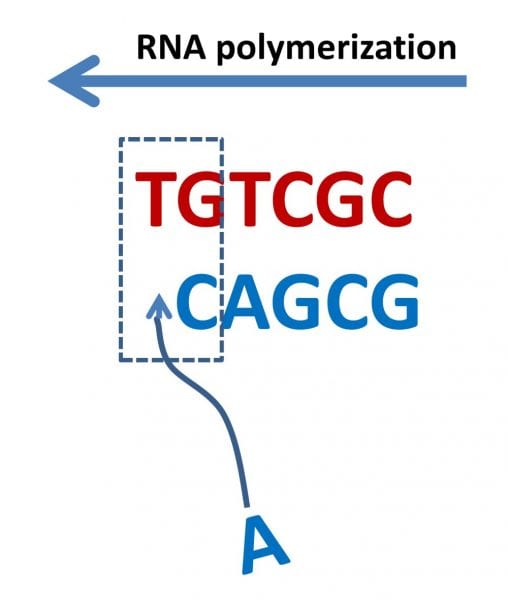

A mechanistic model of nonenzymatic polynucleotide replication is developed using methods of polymer engineering

Using a proteomics approach, Drs. Paulo and Gygi from the Harvard Medical School provide evidence that nicotine exposure changes the abundance of membrane proteins implicated in signal transduction and autophagy.
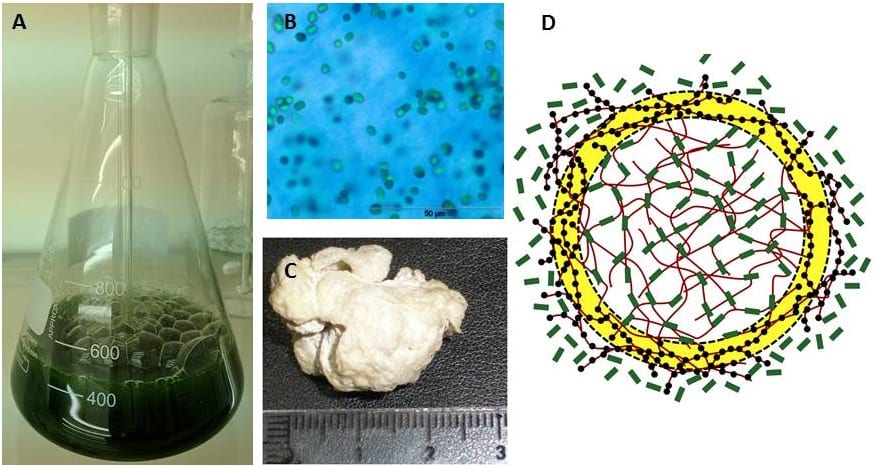
Cyanobacterial polymer as a drug delivery vehicle.
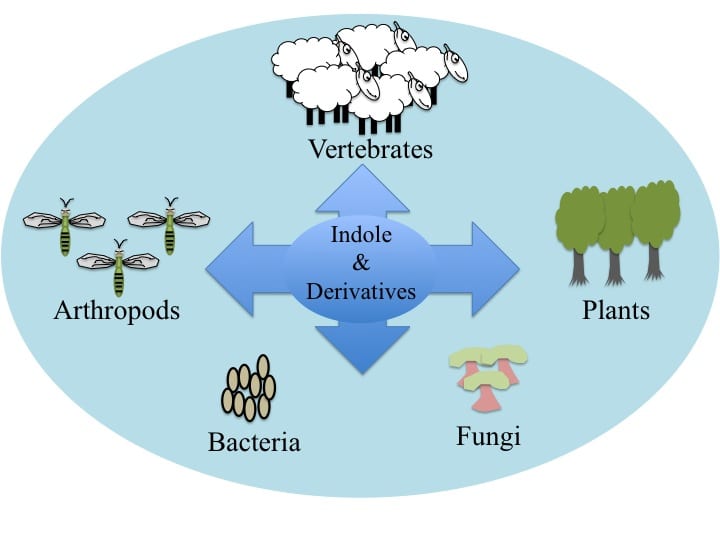
In their review in BioEssays, Jeffrey Tomberlin et al. take a closer look at indole and how this molecule influences behavior in a wide variety of organisms.
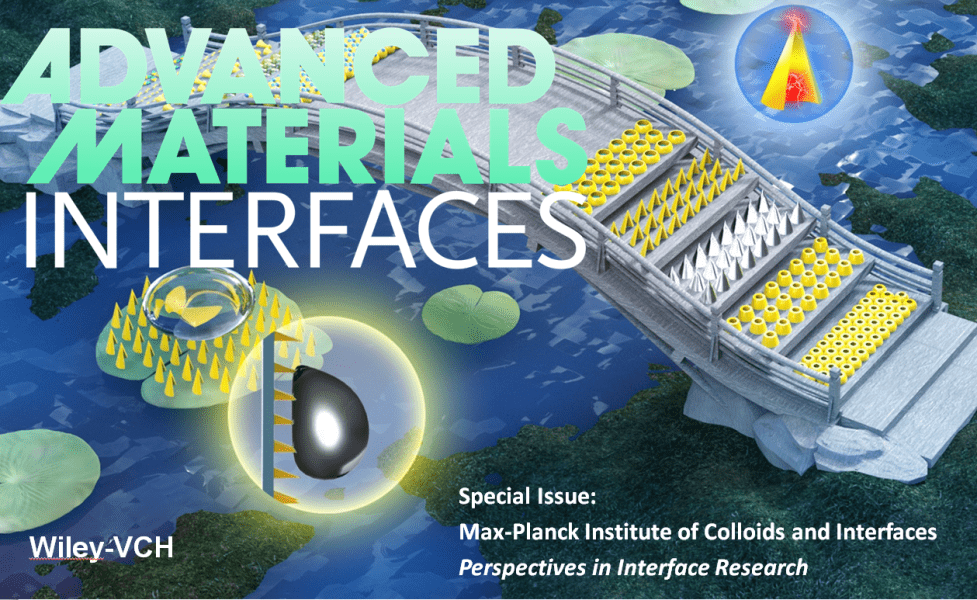
The first issue 2017 in Advanced Materials Interfaces highlights “Perspectives in Interface Research”.
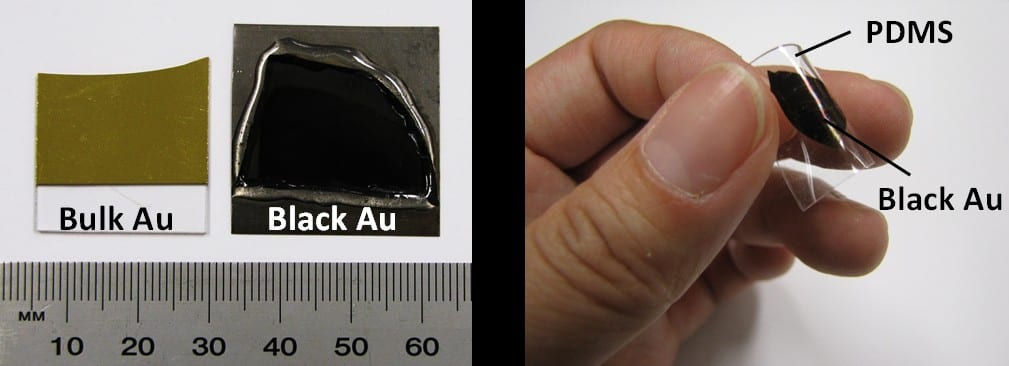
Researchers from the Australian National Fabrication Facility, Monash University, and the University of Melbourne describe the straightforward preparation of black gold, a material of promising optical properties.
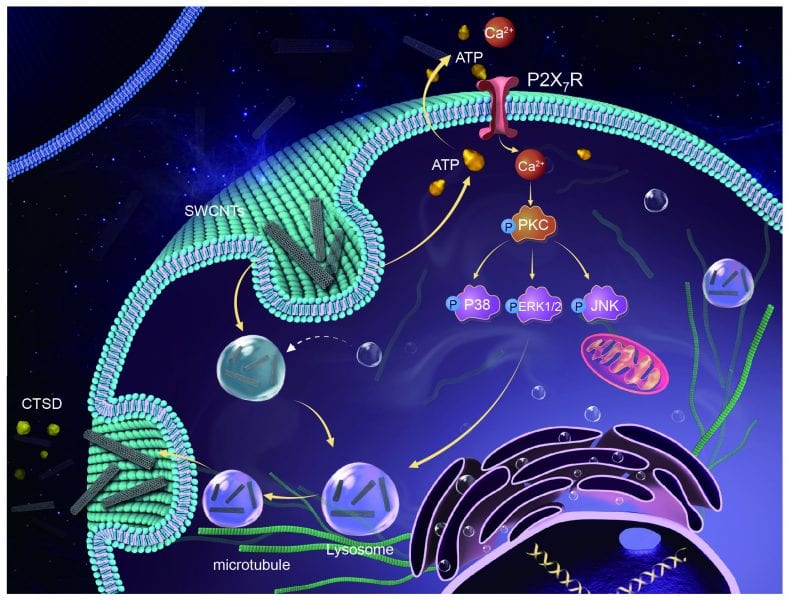
To design nanoproducts with improved therapeutic efficiency and controlled toxicity, we need to understand the mechanisms of cellular uptake and exocytosis of nanoparticles.
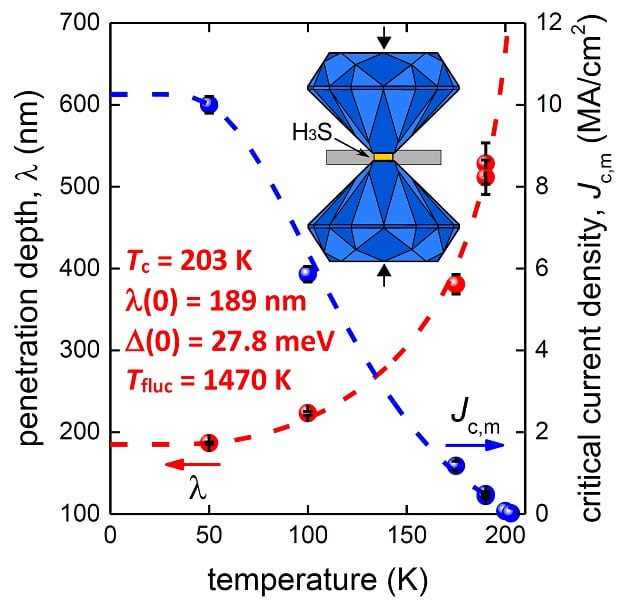
Superconductivity has been discovered in highly compressed hydrogen sulphide at an amazing 203 degrees kelvin.
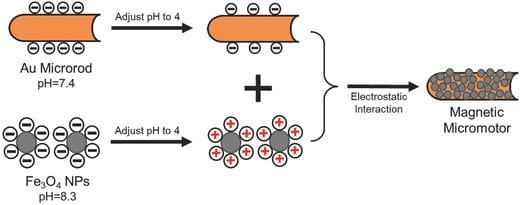
Magnetically steerable, acid-resistant micromotors are developed that can be fabricated by electrostatic attraction between magnetite nanoparticles and gold microrods at pH ≈ 4.
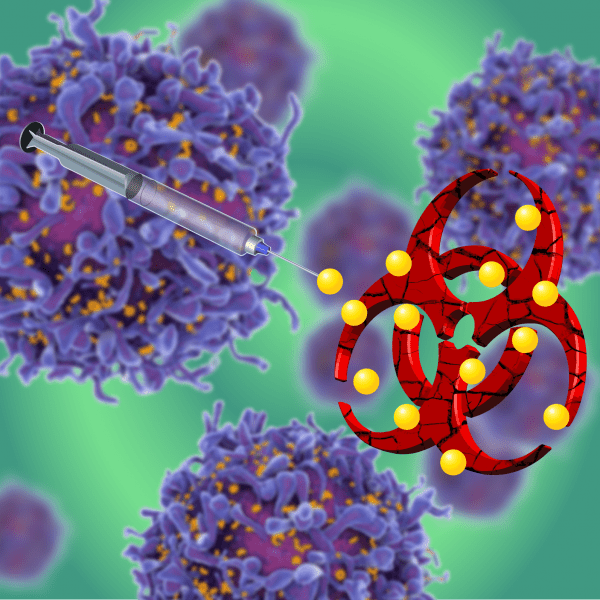
Nano- and micro-particulate vaccine delivery systems minimize side effects, trigger targeted and robust immune responses, and protect and stabilize vaccine components